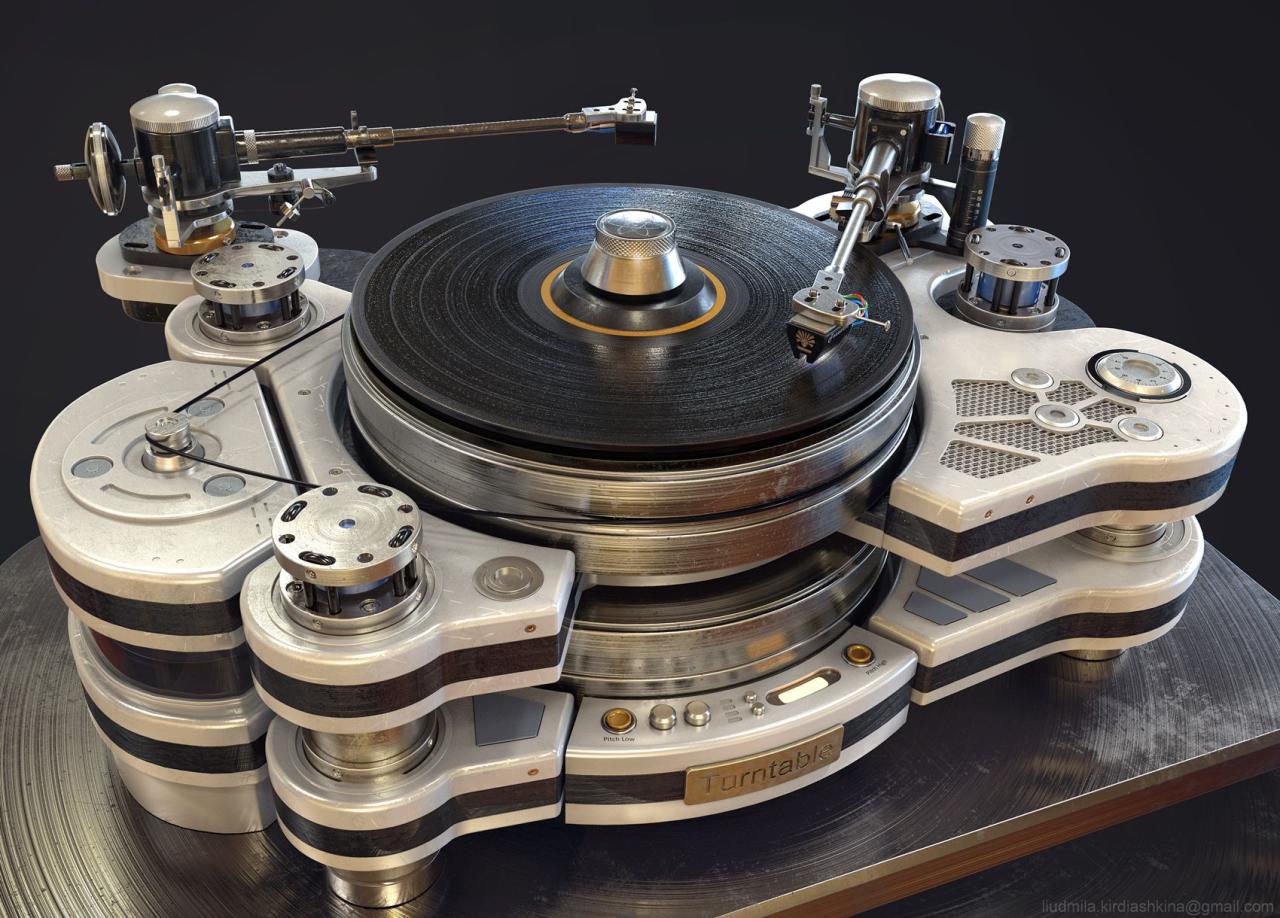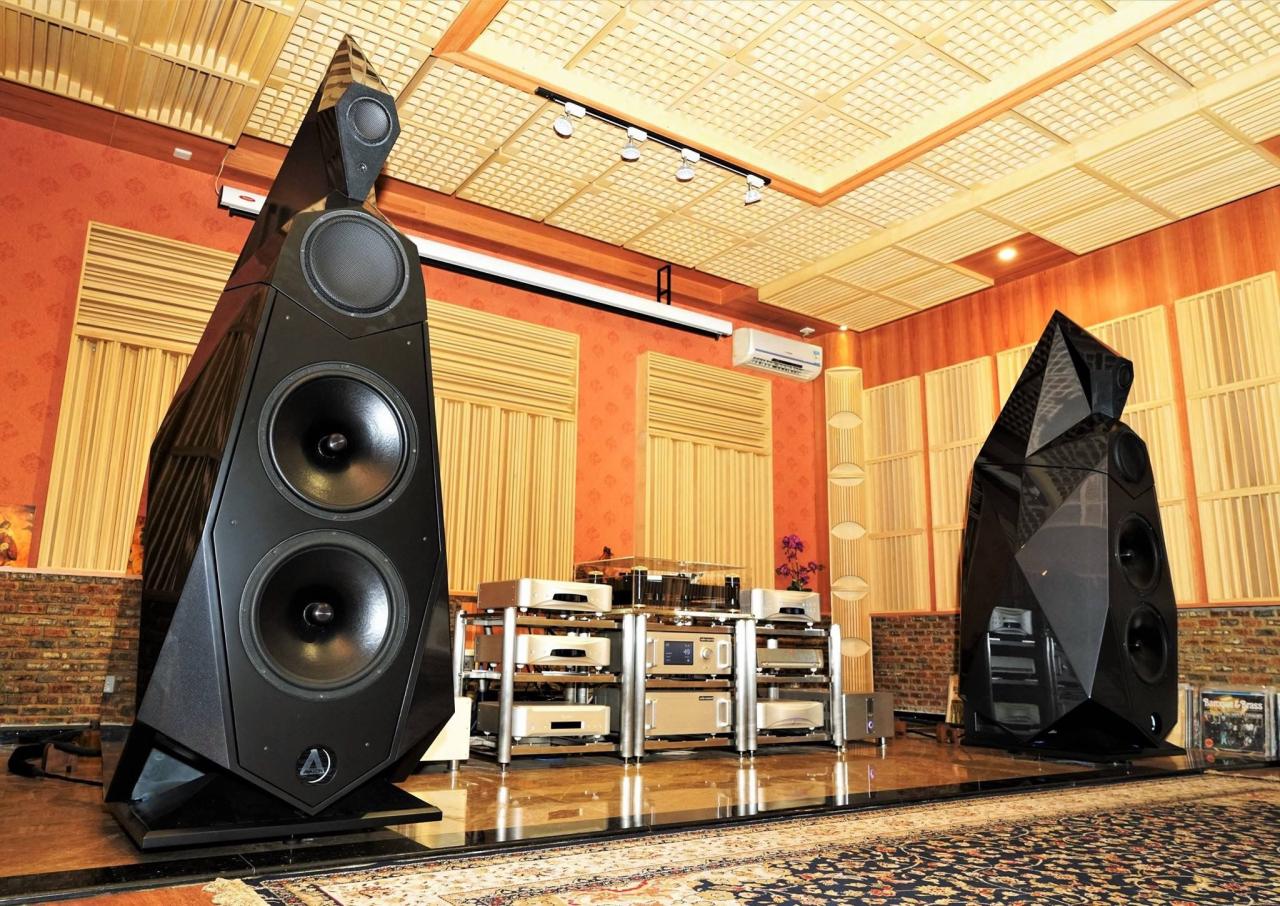Audiophile travel aetup – Audiophile Travel Setup: Hitting the road doesn’t mean sacrificing your love for high-fidelity sound. This guide walks you through building a portable audio system that lets you enjoy your music wherever you go, from bustling city streets to tranquil mountaintops. We’ll cover everything from choosing the right portable DAC/AMP and noise-cancelling headphones to managing your high-resolution audio library and protecting your gear during travel.
We’ll explore various portable audio solutions, including the best headphones for travel, the importance of power sources, and even tips for maximizing your listening experience on airplanes. Get ready to elevate your travel soundtrack to a whole new level!
Noise-Cancelling Headphones for Travel

Choosing the right noise-cancelling headphones can significantly enhance your travel experience, whether you’re battling the roar of a jet engine or the cacophony of a busy city street. The right pair will provide a sanctuary of sound, allowing you to focus on your work, relax, or fully immerse yourself in your favorite music. This section explores the different technologies and models available, helping you make an informed decision.
So, you’re planning a trip? Awesome! Before you pack your bags, remember travel insurance is key. Check out this option for comprehensive coverage: aon travel insurance. They offer various plans, so finding the right fit for your adventure shouldn’t be a hassle. And if you need more info or want to compare, another good resource to look at is aon travel insurance – they often have helpful comparison tools.
Don’t leave home without it!
Active vs. Passive Noise Cancellation Technologies, Audiophile travel aetup
The effectiveness of noise cancellation hinges on the technology employed. Understanding the differences between active and passive noise cancellation is crucial for selecting headphones that meet your specific needs.
So, you’re planning a trip? Awesome! Don’t forget travel insurance! Check out aon travel insurance for family plans; they’ve got great coverage for kids. And if you’re a bit more adventurous, maybe you’ll find what you need with aon travel insurance – they often have deals for specific activities. Seriously, comparing options is key before you jet off; you’ll sleep better knowing you’re covered!
- Active Noise Cancellation (ANC): ANC headphones use microphones to detect ambient noise. They then generate an inverse sound wave to counteract the incoming noise, effectively neutralizing it. This is particularly effective against consistent, low-frequency sounds like engine hum or airplane noise. However, ANC struggles with sudden, high-frequency sounds like human voices or sudden bursts of noise.
- Passive Noise Cancellation: Passive noise cancellation relies on the physical design of the headphones. Features like thick earcups, a snug fit, and sound-isolating materials help to block out external noise. Passive noise cancellation is generally less effective than ANC, but it’s always working, unlike ANC, which requires power. It’s also better at blocking out higher-frequency sounds.
- Hybrid Noise Cancellation: Many modern headphones combine both active and passive noise cancellation for optimal performance. This hybrid approach offers the best of both worlds, effectively reducing a wider range of noise frequencies.
Three Exceptional Noise-Cancelling Headphones for Audiophiles
The following three headphone models represent a balance of exceptional noise cancellation, portability, and audiophile-grade sound quality.
- Sony WH-1000XM5: Known for its industry-leading ANC and comfortable design, these headphones are highly portable and offer a rich, detailed sound profile. Their advanced ANC effectively minimizes distractions in various environments.
- Bose QuietComfort 45: Bose’s QC45 headphones are renowned for their effective noise cancellation and exceptional comfort, making them ideal for long flights or commutes. While not as detailed in sound as the Sony’s, they offer a balanced and pleasing listening experience.
- Apple AirPods Max: While pricier, the AirPods Max boast excellent ANC, spatial audio features, and high-fidelity audio. Their design is more striking and less portable than the other options, but the sound quality is top-tier for an over-ear headphone.
Headphone Model Comparison
The following table compares the three models based on key criteria:
| Model | Noise Cancellation Type | Comfort Level | Sound Quality |
|---|---|---|---|
| Sony WH-1000XM5 | Hybrid ANC | Excellent, lightweight and comfortable for long use | Detailed, balanced, and accurate sound reproduction. |
| Bose QuietComfort 45 | Hybrid ANC | Excellent, plush earcups and lightweight design. | Balanced and pleasing sound signature, slightly less detailed than Sony. |
| Apple AirPods Max | Active ANC | Good, premium materials but can feel heavier than others. | High-fidelity audio with strong bass response and spatial audio capabilities. |
In-Flight Entertainment and Audiophile Listening: Audiophile Travel Aetup

Achieving truly satisfying audio experiences while soaring through the skies presents a unique set of challenges. The compressed audio formats, often paired with noisy cabin environments and the limitations of in-flight entertainment (IFE) systems, can significantly impact the quality of your listening pleasure. This section explores the contrast between using IFE systems and personal audio equipment, offering strategies to elevate your in-flight listening experience to audiophile standards.
Challenges of In-Flight Entertainment Systems
In-flight entertainment systems typically utilize compressed audio formats like MP3 or AAC, which inherently sacrifice audio fidelity compared to higher-resolution formats like FLAC or WAV. Furthermore, the headphones provided are often low-quality, lacking the detail and accuracy needed to reproduce a wide frequency range. The cabin noise, ranging from engine hum to passenger chatter, further degrades the listening experience.
These factors combine to create a suboptimal listening environment, far removed from the immersive experience sought by audiophiles. Even with noise-cancellation features integrated into the IFE system’s headphones, the underlying audio quality remains a limiting factor. The compressed audio and the limitations of the system’s DAC (Digital-to-Analog Converter) contribute to a less detailed and dynamic soundstage.
Comparison of Personal Audio Equipment and In-Flight Systems
Using personal audio equipment offers a significant advantage for audiophiles traveling by air. High-resolution audio players capable of playing lossless formats like FLAC or WAV provide a far superior listening experience compared to the compressed audio of IFE systems. Similarly, high-quality headphones or earphones, optimized for clarity and detail, offer a marked improvement over the often-included low-quality alternatives.
Furthermore, the user retains control over their entire music library and playback settings. In contrast, IFE systems offer a limited selection of content, often with poor audio quality and limited control over the playback. The difference is akin to comparing a grainy, low-resolution photograph to a sharp, high-resolution image; the detail and nuances are simply lost in the compressed audio of IFE.
Enhancing the In-Flight Listening Experience with Personal Equipment
Several strategies can further enhance the listening experience when using personal audio equipment on airplanes. First, employing effective noise-canceling headphones significantly reduces ambient noise, allowing for a more focused and enjoyable listening experience. Second, consider using a high-quality portable DAC/AMP (Digital-to-Analog Converter/Headphone Amplifier) to further improve the sound quality. These devices can significantly enhance the detail, clarity, and dynamic range of your audio playback.
Third, ensure your personal audio files are in high-resolution formats (like FLAC or WAV) for the best possible sound quality. Finally, adjust the equalizer settings on your player to compensate for the acoustics of the airplane cabin. Experimenting with different settings might reveal a more balanced and enjoyable sound profile.
So, whether you’re a seasoned globetrotter or just planning a weekend getaway, remember that enjoying your favorite music shouldn’t be confined to your home. With careful planning and the right equipment, you can transform any journey into a sonic adventure. This guide provides a framework – adapt it to your needs and travel style, and get ready to experience the joy of high-fidelity audio wherever your travels may take you.
Happy listening!
Question Bank
How do I protect my headphones from damage during travel?
Use a hard case or protective pouch. Consider a travel case specifically designed for headphones. Avoid placing heavy items on top of them in your luggage.
What file formats are best for high-resolution audio on the go?
FLAC and WAV are lossless formats offering high quality, but they take up more storage space. Consider using ALAC (Apple Lossless) or MP3 for smaller file sizes if storage is a concern.
What’s the best way to charge my portable DAC/AMP while traveling?
A portable power bank is ideal. Choose one with sufficient capacity to avoid running out of power during your journey. Check for compatibility with your device’s charging requirements.
Are Bluetooth speakers a good option for travel?
It depends on your priorities. Bluetooth speakers offer convenience, but sound quality may not match dedicated wired setups. Consider battery life and portability when choosing one.